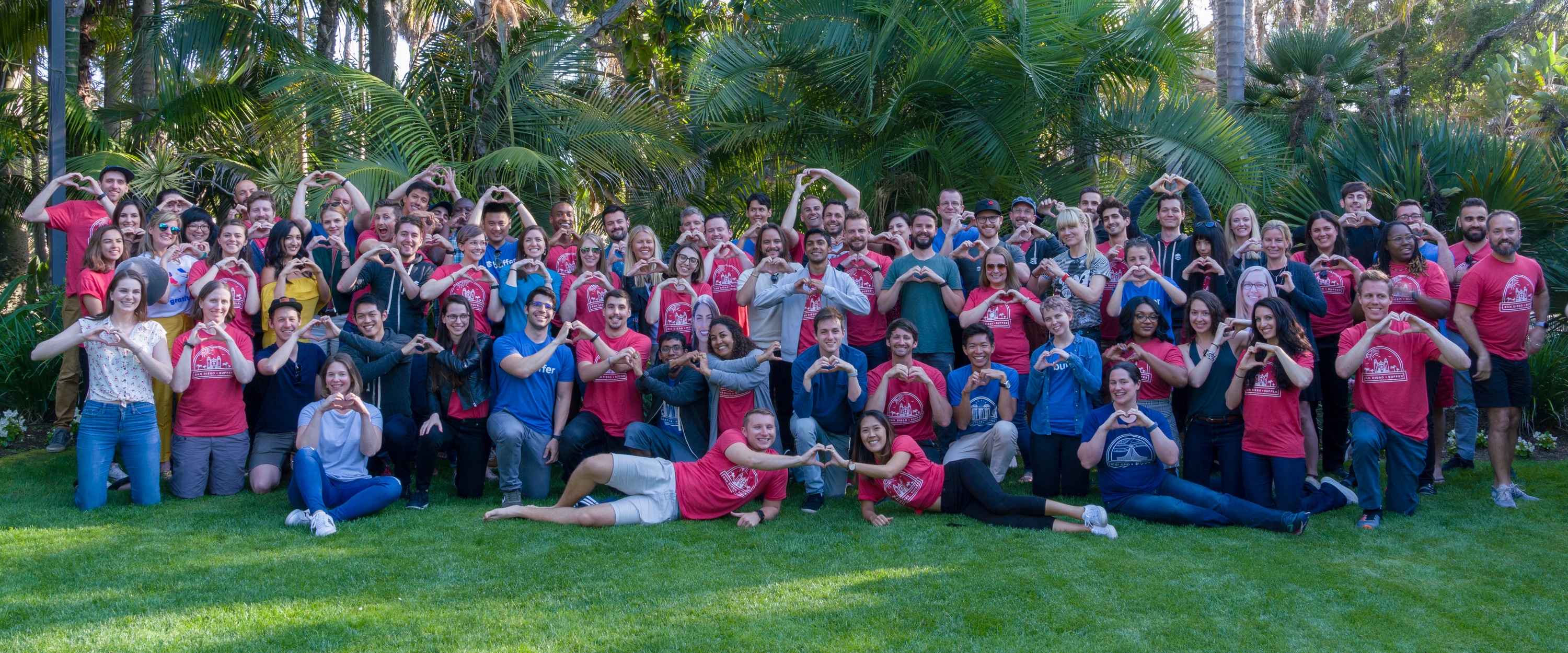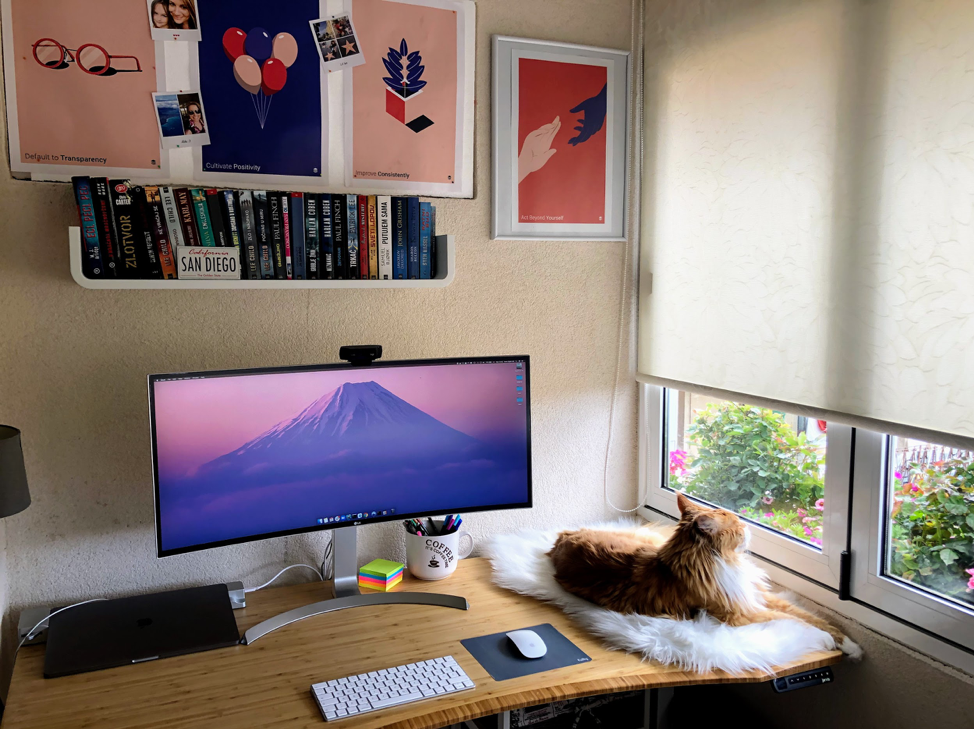Day in the Life of a Remote Company: Buffer
Day in the Life of a Remote Company

What makes a remote company thrive? Hailley Griffis, Head of Public Relations for Buffer shares how the company makes it work with a team of 85 across 18 countries without central headquarters.

How is Buffer structured?
We are structured traditionally with our team of executives managing a team of managers and those executives report to our CEO.
What cultural practices do you proudly promote? (ex. Ensuring your employees are working comfortably and aren’t lonely)
- Making sure people don’t feel they need to be on Slack all day
- A minimum of three weeks vacation time for all teammates

- Making sure the whole team knows they are welcome to ‘bring their whole self to work’ and share their feelings/experiences with their colleagues.
- Practicing regular gratitude in our gratitude Slack channel
- Valuing transparency
- Acting beyond ourselves and profit-sharing with teammates as well as donating to charity every year
"Joel chose fully remote so that Buffer employees could live wherever they felt happiest and most productive and we later realized there are a lot of other benefits to remote work: being able to hire great teammates regardless of location and having customer advocates in almost every time zone."
Why and how did you decide to go remote?
Remote work happened a bit accidentally at first. The Buffer co-founders raised $400,000 in Angel funding and then because of visa problems had to leave the US. They decided to start hiring qualified people wherever they were and ended up with a remote team. There was a time when everyone could have been based out of San Francisco but the advice given to our CEO Joel was to either be fully in an office or fully remote so as not to create a divide in the company.
What’s your biggest remote challenge and what are you doing to work around it?
We’ve definitely struggled with communication in the past because we value transparency so much and we want to make sure that people have access to the information that they need when they want it. We do feel like we’re in a good place right now with reports from the executive team and updates on their team’s projects, as well as with the All Hands every two months to help the flow of communication.
What does a typical day look like at your company?
It depends on the person’s role and habits, there is no one right answer here. Generally, people will start their day either by logging into Slack to check in with their team or getting started immediately on their work. The team isn’t required to check in on Slack first thing, though many do.

"We encourage people to take lots of breaks throughout the day."
Most people will have video calls throughout the day or week as well. Depending on the role someone is in they’ll spend the day working on projects and in different tools plus coordinating with their team. Since we’re all so spread out the day ends at different times for everyone. Many people will share in Slack before they sign off to let their team know they won’t be online anymore.
What tools do you use every day, company-wide?
How do you ensure your team is staying on task and engaged with their work?
Each manager has their own method here whether it’s setting quarterly goals or project-based goals that they then check in on during 1:1s and project meetings. For example, on the marketing team we each set quarterly goals that tie into the larger marketing team goals which tie into annual Buffer company goals. A teammate’s goals might have to do with the product launches they are working on or any other big projects on the horizon.

We’ve been seeing some Fortune 500s feeling apprehensive about going remote because they’re not sure how to track their employee’s productivity in relation to their company success rate. Would you say those are totally different streams of measurement that aren’t as important in remote work culture?
I’d be curious about how Fortune 500 companies are currently tracking productivity. Many companies do so simply by the number of hours that someone is sitting at their desk, which isn’t necessarily representative of what they are accomplishing. If companies have metrics they can track over time that relate to an employee’s productivity as well as the company’s success then they should be able to do that remotely as well.
← Back to Blog